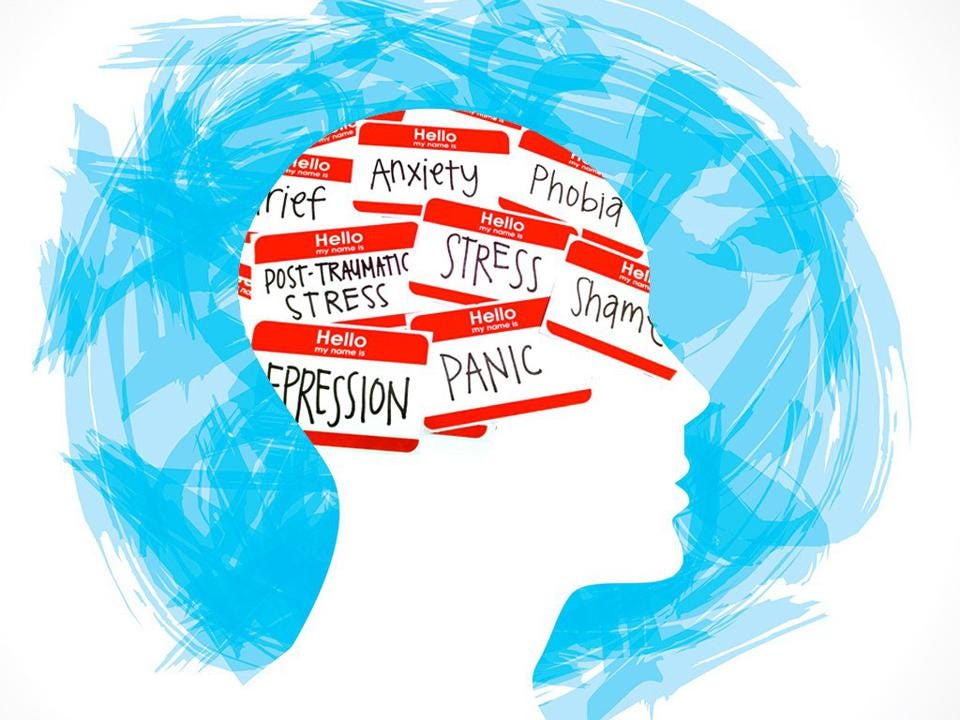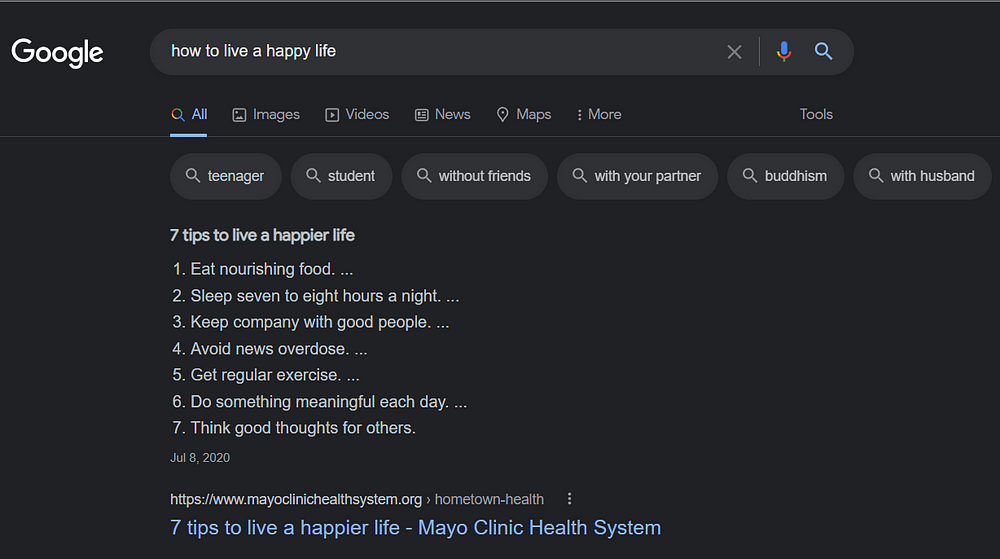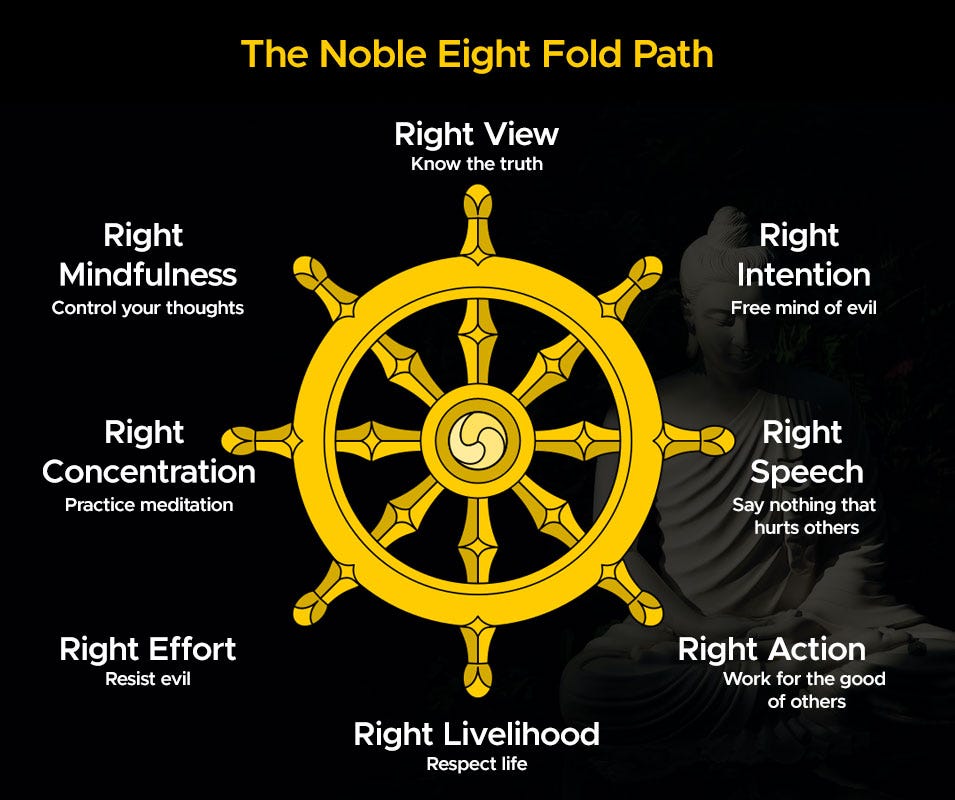July 14, 2022
Mental Health and Vipassana
mindfulness · equanimity
We human beings tend to seek alternatives only when we're on the edge of something, a little push on the monotonicity might lead us to a vicious misery. And misery is a friend without "r" which is openly despised by everyone. We give our lungs out to dispel miseries or if you are a concerned being, you try to cut out the root that has brought this despondency to you. Going to the root is a wonderful approach but how have you defined this root, is the question. If you are blaming anything outside the framework of your own flesh and senses then you're bringing more despair, it goes on doubling, tripling, quadrupling and next thing you know, you are condemning everyone for your own misbehave to oneself.

Today, I would be sharing with you a technique called Vipassana which was discovered by enlightened Gautama, the Buddha dating back to 25 centuries. I was recently touched by the wondrous of the technique and I felt like sharing this in my blog. This urge to share the feeling was called "Metta Bhawana", 25 centuries back in "Paali" language. Let me tell you about my experience as a Vipassana Practitioner:
As a member of the same human race, I also sought out for the meaning of the words "mindfulness", "happiness" only when I felt I can't take it no more. I beseeched to google and hit "how to live a happy life" and I got this in reply:

We strictly stick to these kinds of plans for some days but after some time the strictness goes on loosening and so does our mental grasp on leading a happy life. I am not saying it is futile, it delivers its own importance to mind and body, but all of this is happening at an intellectual level. So, what we lack is, we don't know how to articulate this intellectual sanguinity to the experiential level. And this is what is taught in the ten days course of Vipassana, transcending this intellectual awareness to an experiential level or beyond. For the first three and half days "Aanapaana", how to observe your breathing and how to be aware of the feeblest sensations is taught. This "Aanapaana" is evidently the pavement laid on the road of Vipassana.
From the fourth day in the evening, the Vipassana starts. The literal meaning of Vipassana is "as it is". So, it basically means seeing things the way they are. Not trying to generate craving, desire, caprice towards things you like and never spawning aversion, hatred, malice towards things you don't like. Remaining equanimous to every good or bad thing in life is the key takeaway of this technique.
How hard the technique is?
As there is a saying, good things are hard to get, this technique also demands a lot of patience and diligence. You have to sit almost 10–11 hours every day for 10 days, live in a controlled environment, and eat whatever the center offers. So, it's definitely not going to be a piece of cake. But all these days you just observe yourself and learn the beautiful technique of imprinting this intellectual sagacity to the experiential level, which outweighs everything.

The main work areas of Vipassana are "sheela", "samadhi" and "panya" which mean morality, mastering the mind, and wisdom respectively. As for my experience, I found a complete difference in my thought process after completing this course. I have been practicing the technique regularly and the results are impressive. I have started appreciating every little thing in life not just in words but in actions too. Vipassana is not like scientific discoveries that a group of person does and can be intelligible to rest of the human race. Rather it has to be discovered by each individual, it is just the way, it is you who has to walk that path to transform yourself, to learn the art of living and to make this complex machine work on its optimum efficiency.
How did it help me on curating my thought process?
At the Vipassana center we are taught to observe our sensations (itching, tickling, prickling, tingling or anything you feel). Observing these sensations mean, be it a pleasant sensation or an unpleasant sensation, we are asked to work our way out to remain equanimous. If we try not to differentiate sensations then we may find ourselves unmoved by any kind of suffering or elation in our everyday life. Because the entry point for any good or bad feeling is through five sense organs (eye, ear, tongue, nose and skin) and the thought process. If we learn somehow to operate these six senses on our own volition, then that's what it is meant to going to the root. The most wonderful part is, you would know you've come down to the roots of your sensations. Sitting down observing yourself when you go on understanding the technique, the sensations that felt irritating once is treated on par with the most wondrous sensation. Case in point, being almost idle while medidating had created stress on my knees, and I believed in the technique when this pain got dissolved, just like bursting of water bubble. Now, if anything comes up and I get a feeling of agitation or something, I try to observe my sensations first. I try to remain calm and try to understand inspite of reacting to it. So, Vipassana has changed the way I used to see. It has taken me from gloom to the way of light, confinement to the way of liberation and it feels like I am understanding myself more.
I am still a novice in this technique. I haven't written this post to dissect the Vipassana but to introduce the word, a bit of an overview of the technique and share positive responses it has brought in my own life.
Bhawatu Sabba Mangalam
Blog comments
Google sign-in required to participate.
No comments yet — be the first!